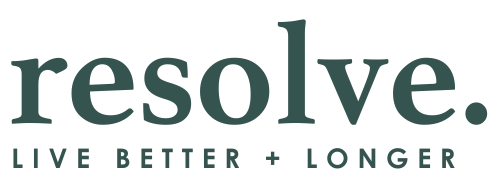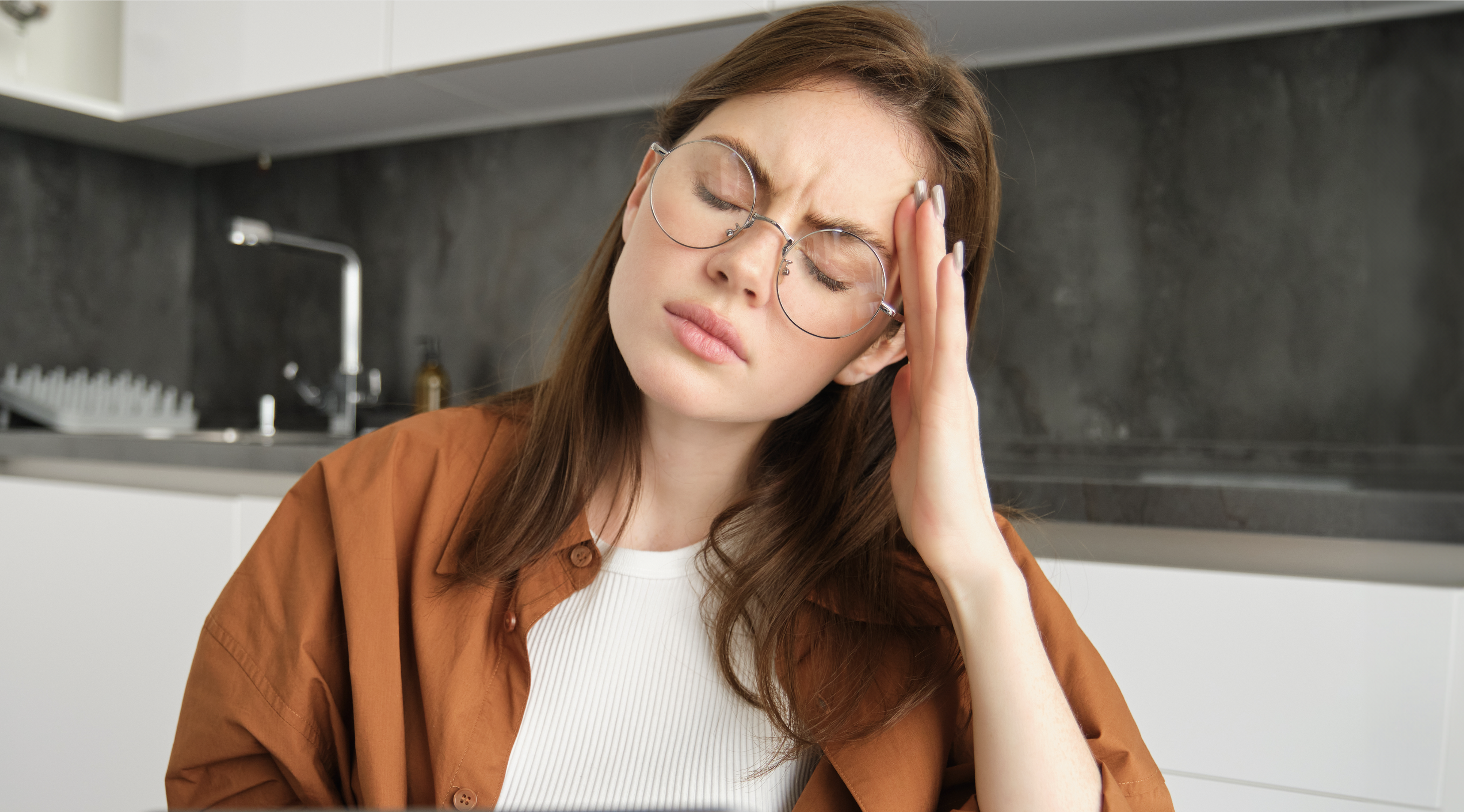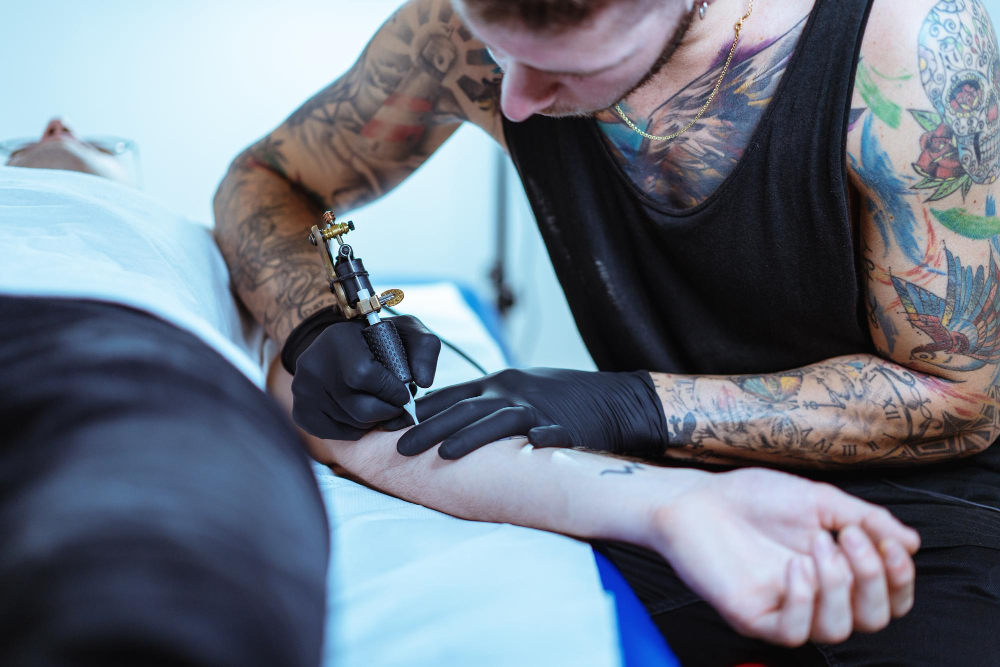Postural Orthostatic Tachycardia Syndrome (POTS) is a condition that has gained increasing attention in recent years, especially among patients dealing with chronic fatigue, dizziness, and brain fog. Functional medicine focuses on identifying and addressing the root causes of POTS to restore balance and improve overall body function, offering a holistic and individualized approach to healing. This article highlights the functional medicine approach to POTS, integrating valuable conventional diagnostic tools and treatments for a more thorough and effective care plan.
What is POTS?
POTS can present with a wide range of symptoms, many of which stem from autonomic nervous system dysfunction. Some of the most common symptoms include:
- Rapid heart rate (tachycardia) upon standing (an increase of 30+ beats per minute or 40+ bpm in adolescents).
- Lightheadedness or dizziness, especially when transitioning from sitting to standing.
- Fatigue that can be debilitating and persistent.
- Brain fog or cognitive difficulties, including trouble concentrating and memory issues.
- Nausea and gastrointestinal discomfort, such as bloating or constipation.
- Exercise intolerance, feeling overly fatigued or symptomatic after minimal exertion.
- Shortness of breath or palpitations even without exertion.
- Shakiness or tremors.
- Cold hands and feet, indicating poor circulation.
- Sweating abnormalities (too much or too little sweating).
- Fainting (syncope) or near-fainting episodes.
- Chest pain (unrelated to heart disease).
- Headaches or migraines.
These symptoms can vary in severity and may worsen during specific triggers like heat, dehydration, or standing for long periods. POTS is a form of dysautonomia, meaning it involves dysfunction of the autonomic nervous system (the part of the nervous system that controls involuntary bodily functions). The hallmark of POTS is an excessive heart rate increase of 30+ beats per minute (or over 40 bpm in adolescents) when standing, along with symptoms like lightheadedness, fatigue, nausea, and exercise intolerance. It can significantly impair quality of life.
The Genetic Component and Types of POTS
POTS is a heterogeneous condition, meaning it can present differently in different individuals. There are several types of POTS, including:
- Neuropathic POTS: Associated with small fiber neuropathy, leading to poor blood vessel constriction.
- Hyperadrenergic POTS: Marked by excessive norepinephrine levels, causing high blood pressure and tremors.
- Hypovolemic POTS: Linked to low blood volume, contributing to fainting and fatigue.
- Secondary POTS: Develops as a result of other conditions such as autoimmune diseases, Lyme disease, or Ehlers-Danlos Syndrome (EDS).
There may also be a genetic predisposition to POTS, with studies indicating familial clustering and associations with connective tissue disorders like EDS. Genetic testing and family history assessments can help uncover these links.
Diagnosing POTS
- Review comprehensive health history and symptom mapping.
- Utilize advanced testing (e.g., inflammatory markers, nutrient deficiencies, gut health, and hormonal imbalances).
- Check heart rate variability (HRV) monitoring and autonomic nervous system assessments.
- Tilt table test or active stand test.
Root Cause Exploration: Functional medicine aims to identify and address the triggers that may contribute to POTS, such as:
- Chronic infections (e.g., Epstein-Barr virus, Lyme disease)
- Autoimmune conditions
- Gut dysbiosis and leaky gut
- Nutrient deficiencies
- Mitochondrial dysfunction
- Mold toxicity or environmental stressors
- Hormonal imbalances (adrenal, thyroid, etc.)
Treating POTS from a Functional Medicine Perspective:
Functional medicine addresses Postural Orthostatic Tachycardia Syndrome (POTS) by identifying root causes and implementing natural, health-centered interventions. While these approaches promote long-term healing, conventional treatments can play a critical role in symptom management, providing relief as deeper healing progresses.
Conventional Treatments (Bridging Care)
- Beta-blockers – Often prescribed to lower heart rate and manage symptoms temporarily. This allows the body time to heal as underlying imbalances are addressed through functional medicine.
- Salt and Fluid Loading – Increases blood volume and supports hydration. This can be achieved using natural salts like sea salt or Himalayan salt, both of which provide essential trace minerals.
Natural Approaches to Hydration and Blood Volume
- Choose Natural, Unprocessed Salts – Opt for Himalayan pink salt or sea salt, which contain trace minerals that enhance hydration and cellular function better than refined table salt.
- Hydration with Electrolytes – Incorporate electrolyte-rich drinks like coconut water or homemade solutions (water, sea salt, lemon, and a touch of honey). Avoid sugary sports drinks that can drive inflammation.
- Bone Broth – Rich in sodium, potassium, and essential minerals, bone broth not only hydrates but also supports gut health.
- Slow, Consistent Hydration – Sip fluids throughout the day rather than consuming large amounts at once to maintain steady hydration.
- Incorporate Hydrating Foods – Include water-dense fruits and vegetables, such as cucumbers, watermelon, and celery, which promote hydration naturally.
- Monitor Salt Intake – While salt loading can benefit many POTS patients, excessive salt may strain the kidneys. Work with a practitioner to determine the right balance.
Physical Therapy and Movement
A structured, gradual exercise program can significantly improve symptoms by enhancing cardiovascular function and reducing deconditioning.
- Reconditioning Exercises – Begin with low-impact activities like recumbent biking, swimming, or rowing to build tolerance without triggering symptoms.
- Tilt Table Exercises – Mimics standing positions to retrain the autonomic nervous system.
- Strength Training – Focus on leg and core strengthening to reduce blood pooling in the lower body.
Nutrition and Diet
A nutrient-dense, anti-inflammatory diet forms the cornerstone of functional medicine interventions.
- Anti-inflammatory Focus – Prioritize whole, unprocessed foods. Include plenty of leafy greens, wild-caught fish, grass-fed meats, and healthy fats.
- Electrolyte Balance – Ensure adequate potassium, magnesium, and sodium intake through foods like avocados, bananas, leafy greens, and bone broth.
- Blood Sugar Regulation – Maintain stable blood sugar with balanced meals, avoiding processed carbs and sugar. Incorporate protein, healthy fats, and fiber.
Supplements to Support Recovery
- Magnesium – Supports vascular tone, nerve function, and reduces muscle cramping.
- CoQ10 – Enhances mitochondrial function, promoting energy production.
- Omega-3 Fatty Acids – Reduces inflammation and supports cardiovascular health.
- Adaptogens (e.g., Ashwagandha, Rhodiola) – Balances adrenal health and improves stress resilience.
- B-complex Vitamins – Aids in energy production and nervous system health.
- Electrolyte Powders or Trace Minerals – Provides additional hydration support.
Lifestyle Adjustments
- Cold Plunges or Contrast Showers – Enhances vascular tone and circulation.
- Meditation and Breathwork – Activates the parasympathetic nervous system, supporting vagal tone and reducing stress.
- Vagus Nerve Stimulation – Techniques like gargling, humming, or acupuncture can enhance parasympathetic activity. There are also tools are available that can help with Vagus Nerve stimulation and toning.
- Compression Garments – Graduated compression stockings or abdominal binders can improve blood circulation and reduce blood pooling.
Gut Health Restoration
Gut Health and POTS: Emerging research highlights the link between gut health and autonomic nervous system function. Patients with POTS frequently exhibit signs of gut dysbiosis, leaky gut, or irritable bowel syndrome (IBS). The gut-brain axis plays a critical role in regulating autonomic function, and healing the gut can often lead to improvements in POTS symptoms.
- Probiotics and Prebiotics – Replenish healthy gut flora and promote microbiome diversity.
- Gut Healing Protocols – Remove inflammatory foods (gluten, dairy, processed sugars) and incorporate gut-healing nutrients like collagen, bone broth, zinc, and L-glutamine.
- Anti-inflammatory Diet – Reduces gut permeability and systemic inflammation.
- Eliminating gut pathogens and rebalancing the microbiome
Conclusion
Functional medicine offers a comprehensive and integrative approach to managing POTS, addressing the root cause rather than solely focusing on symptom management. By combining conventional diagnostics with advanced functional medicine tools, patients can achieve a more holistic path to healing. If you or a loved one is struggling with POTS, consider seeking the support of a functional medicine provider who can guide you through a personalized path to recovery.
At Resolve Medical, we specialize in uncovering the hidden drivers of chronic conditions like POTS. Schedule a discovery call to learn how personalized medical care can help you regain control of your health.
Research + Resources
Epigenetic modification of the norepinephrine transporter gene in postural tachycardia syndrome
Is postural orthostatic tachycardia syndrome (POTS) a central nervous system disorder?
Postural Tachycardia Syndrome (POTS) and the GI Tract: A Primer for the Gastroenterologist
Postural orthostatic tachycardia syndrome: clinical presentation, aetiology and management
Exercise and non-pharmacological treatment of POTS
Treatment Updates in Postural Tachycardia Syndrome
Postural orthostatic tachycardia syndrome—current experience and concepts
Hyperadrenergic Postural Tachycardia Syndrome in Mast Cell Activation Disorders
The Postural Tachycardia Syndrome (POTS): Pathophysiology, Diagnosis & Management
Blood Volume Perturbations in the Postural Tachycardia Syndrome



